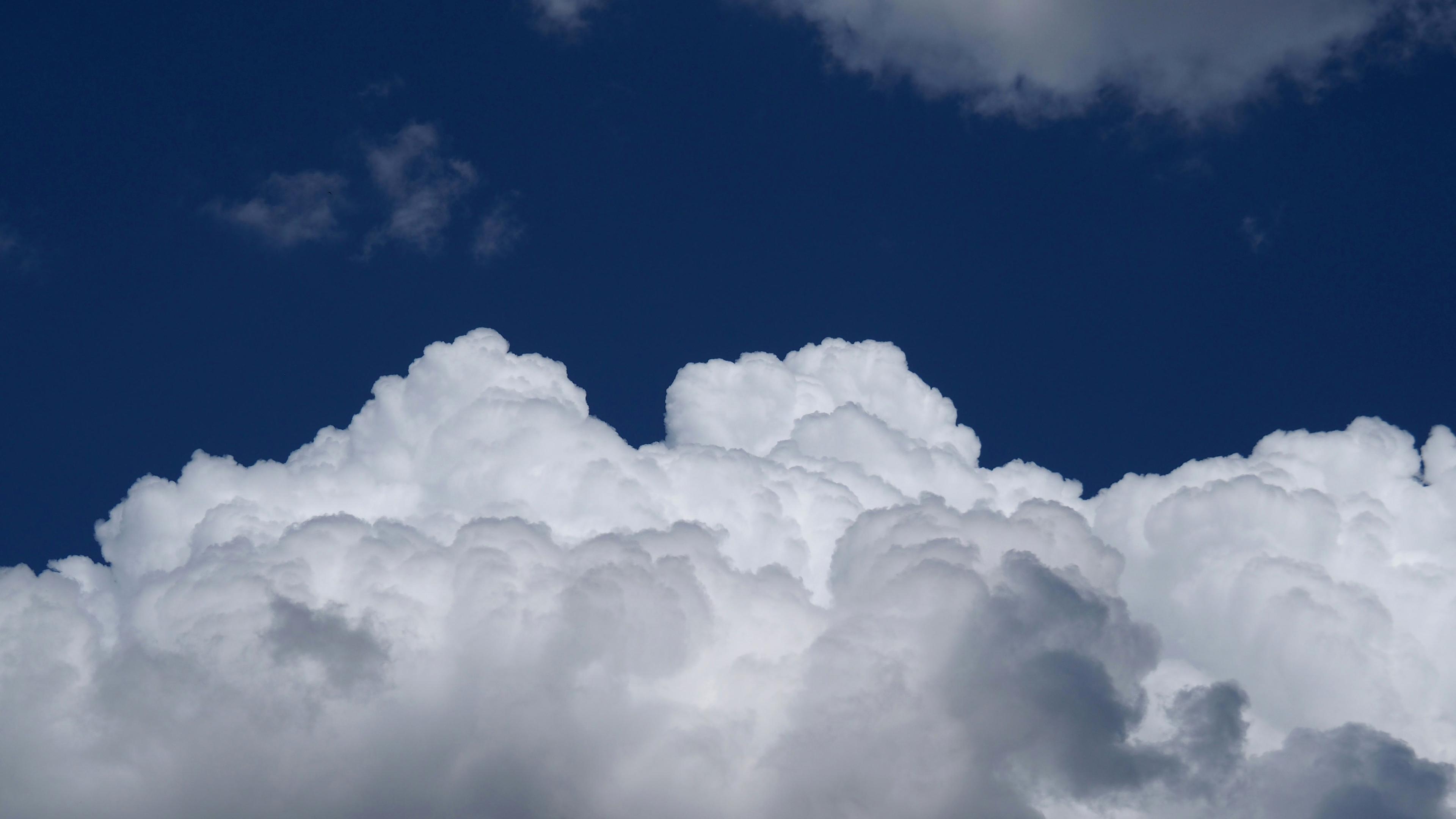Mauna Loa and South Pole Isotopic 13C Ratio

Description
Black Curve: The sum of 4 seasonal harmonics and a spline function to the Mauna Loa δ13C data. The seasonal harmonics include a linear gain factor, to represent increasing amplitude with time.
Red Dots: Monthly average atmospheric carbon dioxide reduced isotopic ratio, δ13C, versus time at South Pole, Antarctica where δ13C is in per mil.
Red Curve: The sum of 4 seasonal harmonics and a spline function to the South Pole δ13C data. The seasonal harmonics include a linear gain factor, to represent increasing amplitude with time.
Data from Scripps CO2 Program.
Usage Restrictions
Scripps CO2 program data and graphics on scrippsco2.ucsd.edu are licensed under a CC BY license, Creative Commons Attribution 4.0 International License (http://creativecommons.org/licenses/by/4.0/), which clarifies appropriate uses and requirements, including that credit be given to the Scripps Institution of Oceanography at UC San Diego. Some products from this site incorporate data from sources external to the Scripps CO2 program, as indicated. Additional credit must be given for these products, as appropriate for that source.
Ethical usage may also require disclosing intentions at early stages to avoid duplicating ongoing studies at Scripps or elsewhere. For applications supporting peer-reviewed scientific publications, coauthorship may sometimes be appropriate. An example would be if an important result or conclusion depends on this product, such as the first account of a previously unreported phenomenon.
Please direct queries to Ralph Keeling (rkeeling@ucsd.edu)
